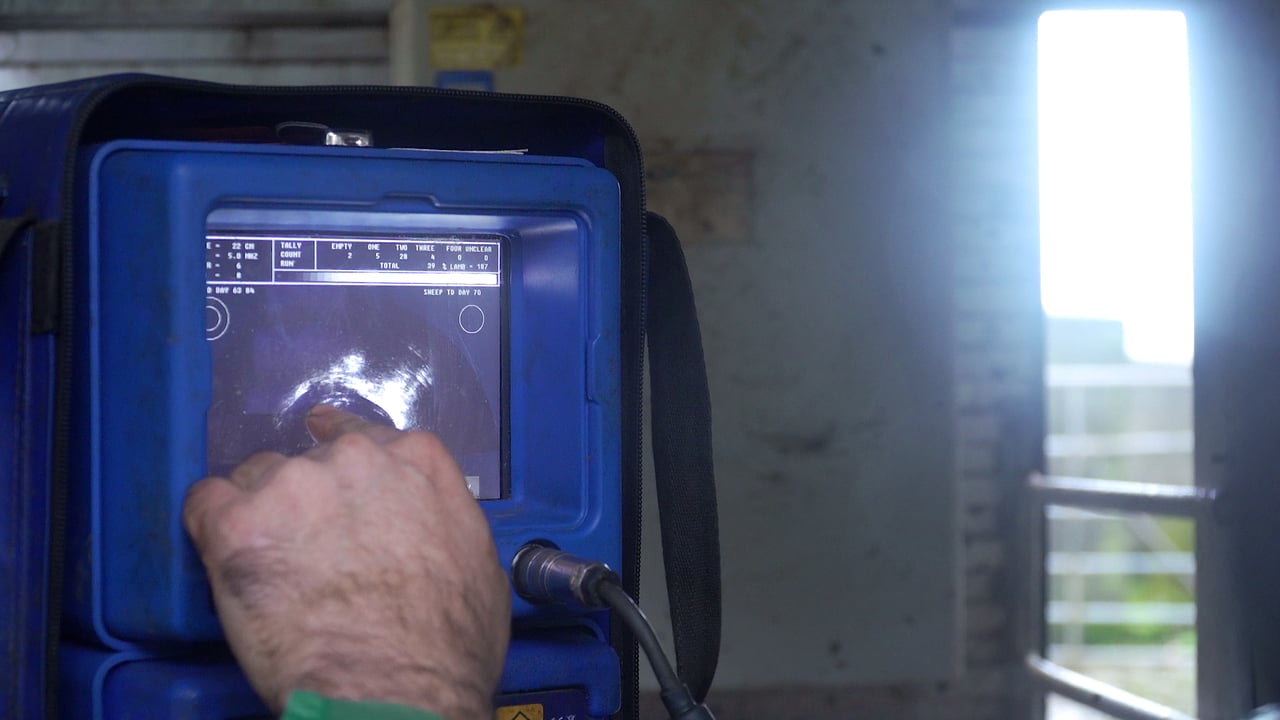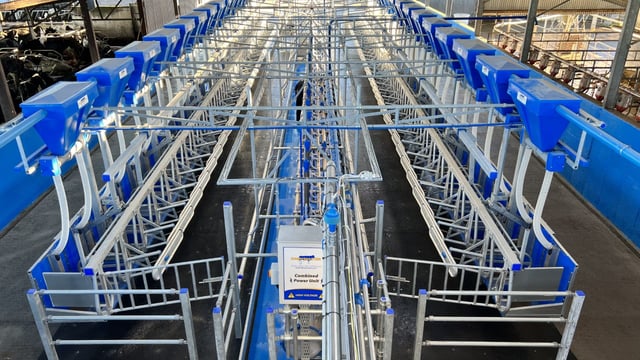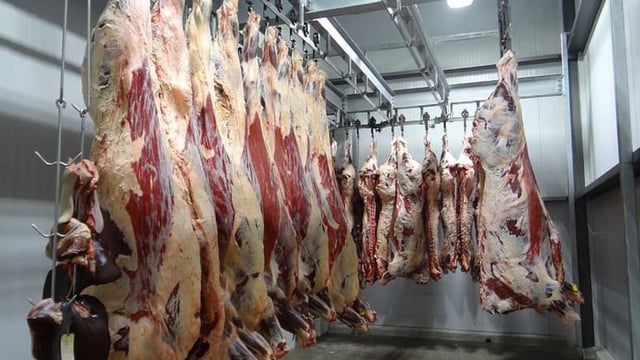Scanning on the agenda for early-lambing flocks
For some flocks, early-lambing ewes will already be scanned and for others, the job of scanning will be on the to do list shortly.
Lambing time always comes around sooner than expected, and for many early-lambing flocks that will be the case in the coming weeks
Over the last few years, more and more commercial farmers have made the move to lambing ewes earlier in the season, or at least a portion of the flock anyway.
This isn't really surprise given the prices achieved for early lambs in spring. I was looking back to articles I wrote early last spring when the first of the early lambs arrived on the scene and prices were as high as €8.50/kg.
Granted, there are extra costs associated with lambing ewes earlier in the season, but at prices such as that, it's easy to see why there is a temptation to do that.
Getting back to scanning and the importance of it: Without scanning, it's like the blind leading the blind. Some of the benefits of scanning can be seen (below).
Scanning results offer a number of benefits:
In terms of scanning, the ideal time to scan your flock is 80-90 days post-ram turnout. It is best to avoid scanning ewes that are less than 40 days in-lamb, as this will result in pregnant ewes not being identified and possibly end up being culled as they were considered empty.
If you plan on scanning, it is best to restrict ewes’ feed intake eight-to-10 hours prior to scanning, in order to enable the scanner to accurately predict the number of lambs a ewe is carrying.
On the flip side, scanning ewes that are greater than 90 days in-lamb will make it more difficult for the scanner to identify how many lambs the ewe is carrying.





